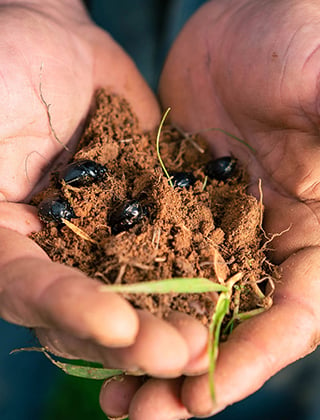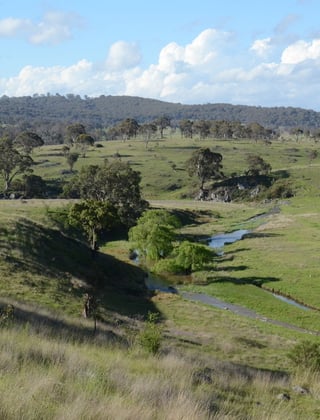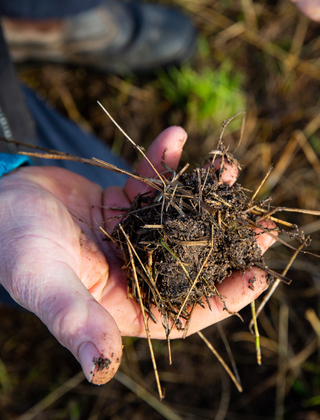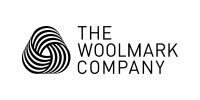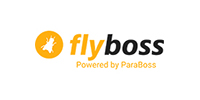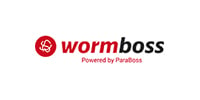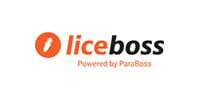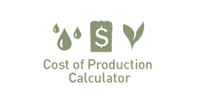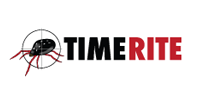Practical environmental metrics for growers to increase market access and profit
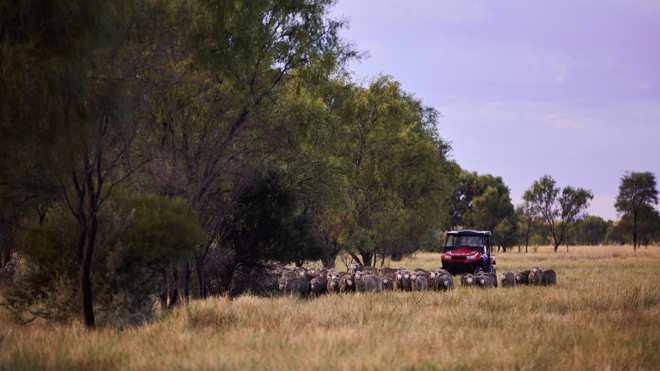
To capitalise on the increasing market demand for sustainably produced fibres, AWI has consulted with woolgrowers, certification organisations and brands to build an industry-wide consensus on the most commercially appropriate metrics for woolgrowers to measure, manage and report their environmental performance.
With markets becoming heavily focused on environmental sustainability, the global textile and apparel industry is increasingly interested in sourcing products made from fibre that is produced in a ‘regenerative’ or ‘nature positive’ way. However, these terms mean different things to different people across the supply chain.
In response, AWI is working on a collaborative project to develop a series of practical, science-based environmental metrics to assess and report environmental outcomes on wool farms. This ensures that environmental performance claims are underpinned by credible evidence that can be accepted and used right across the supply chain – by woolgrowers, brokers and buyers, on-farm environmental certification organisations, and brands.
The AWI-funded project to develop the Nature Positive Farming Framework was conducted by Farming for the Future in collaboration with the Research Centre for Future Landscapes at La Trobe University, and Enviro-dynamics.
AWI Program Manager, Fibre Advocacy & Eco Credentials, Angus Ireland, says buyers and brands want independent evidence that the wool they buy is sourced from nature positive farms. Engaging with on-farm environmental certification schemes can increase business profitability through improved market access, while also improving farm resilience to climate change.
“Woolgrowers can increase demand for their wool by joining these certification schemes. Currently, only about one in every ten bales of Australian wool is certified as sustainably produced, despite positive environmental practices being widespread across Australian wool-growing properties,” Angus said.
“The issue is that, for woolgrowers to join environmental certification schemes at scale, they need to see the return on investment. Through this project, AWI is working to back up claims of positive environmental performance with credible proof, by enabling robust objective evidence to be cost-effectively provided,” Angus said.
“Current inconsistency in farm-scale measures drives up the cost and complexity of measurement, and confuses the market. Aligning measurement and reporting with an environmental framework the market trusts is helping overcome this challenge.
“The wool industry must drive the agenda. A continued focus on carbon alone would be detrimental to wool because the broader environmental and social benefits of wool, and the wool industry, would be ignored.”
Metrics for measuring on-farm environmental performance
As reported in Beyond the Bale last year, the nature positive farming project initially developed a list of 12 metrics for measuring environmental performance on wool properties. The project has now refined the list down to 10 priority metrics – see Table 1 below.
The project has also created a draft scoring protocol to assess the nature positive farming status for each of these core metrics at farm level.
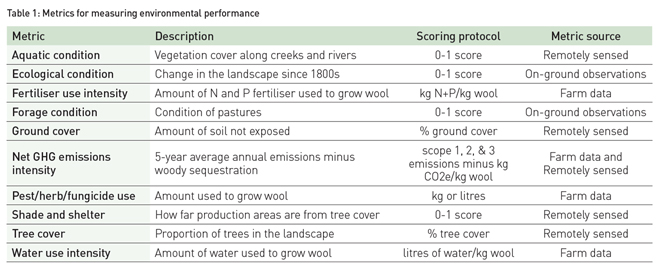
Metrics developed through consultation
The 10 core metrics were developed through consultation and a critical review of the metrics’ relevance, usability, and cost of measurement for stakeholders.
“Woolgrower and supply chain consultation has been a crucial component of the project to ensure the framework is not only scientifically credible but commercially relevant and practically feasible for the wool supply chain,” Angus said. “The metrics have been designed to be compliant with international reporting required by brands, such as the Science Based Targets initiative.”
During the past six months, the project team has conducted:
- four consultation meetings with woolgrowers and certification organisations
- six one-on-one meetings with certification organisations to align the scoring protocols and governance of the initiative
- two stakeholder surveys targeting woolgrowers, brands, and service providers
- a data provider workshop and seven follow-up sessions to understand the capabilities of current data collection of on-farm outcomes.
Although there is further work still to do, the project has been positively embraced by all the wool industry stakeholders involved, including woolgrowers, certification organisations, brokers and buyers, and brands.
Next steps: pilot testing phase
A final focus group has been held to review the scope of the pilot testing phase which will be the next phase of the project. The pilot testing phase will focus on positioning the initiative for commercial scalability by examining:
- Data consistency and cost – ensuring on-farm metric data is able to be collected accurately, repeatably, and affordably across different agroclimatic regions and enterprise mixes.
- Regional calibration – comparing regional scoring and fine-tuning metrics, like tree and ground cover, to ensure fairness in how scores are calculated across Australia’s diverse wool-growing regions.
- Measuring of status and trends – testing the guidelines and processes for calculating metric status and trends on farm.
- Robust reporting – ensuring reporting satisfies both brand and woolgrower needs, including emerging scope 3 reporting requirements.
- Governance of the initiative – establishing the initial governance of the nature positive farming framework for the Australian wool industry.
The Nature Positive Farming Framework comprises one of the initiatives within the Woolmark+ roadmap.
Looking ahead, AWI plans to build the Framework into a new Woolmark+ specification. This will be an extension of the existing Woolmark Certification Scheme, but with an added layer: it will recognise products made from wool grown on farms that are actively delivering positive environmental outcomes. It will allow brands to source wool that meets the high-quality standards Woolmark is known for – and will then also come with verified nature-positive credentials. And just like the classic Woolmark symbol, this new sub-brand will speak directly to consumers – helping them connect the dots between quality, sustainability, and the story behind the fibre.
More information: www.woolmark.com/nature-positive-framework
This article appeared in the Spring 2025 edition of AWI’s Beyond the Bale magazine that was published in September 2025. Reproduction of the article is encouraged.






